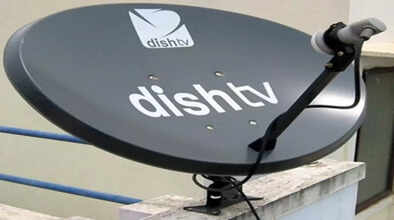Dish TV Antenna: How does Dish TV antenna work? Understand the technology behind it...

You've probably seen round-shaped dish antennas installed on rooftops. Most people assume they're just umbrellas, but do you know the technology behind them and how they work? Today, we'll not only explain the function of a dish antenna, but also explain why signals can be lost during bad weather.
How does a Dish TV Antenna work?
The function of a Dish TV antenna is to capture microwave frequencies from satellites. Have you ever wondered why the antenna is round? It's called a parabolic shape, and its special feature is that it's able to focus satellite signals onto a single focal point. A low-noise blocker integrated into the dish receives the signals.
The Low Noise Block is a crucial part of the rooftop dish. It captures high-frequency signals from the satellite and then converts them to low-frequency signals. After converting the frequency, the converted signals are sent to the set-top box via a coaxial cable.
By the time the signals reach the set-top box, they are in digital code. The set-top box connected to your TV decodes these codes and converts them into video and audio signals understandable to the TV. Simply put, the dish's antenna, the LNB, and the set-top box are all crucial for the picture and sound displayed on your TV.
Why do signals disappear during bad weather?
Sometimes, the TV signal is lost during bad weather. Water droplets and clouds can absorb signals. This is the reason why the signals coming from the satellite become weak, and the antenna installed on the dish is not able to catch the signal properly.
Disclaimer: This content has been sourced and edited from TV9. While we have made modifications for clarity and presentation, the original content belongs to its respective authors and website. We do not claim ownership of the content.

